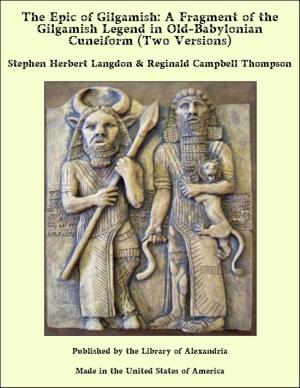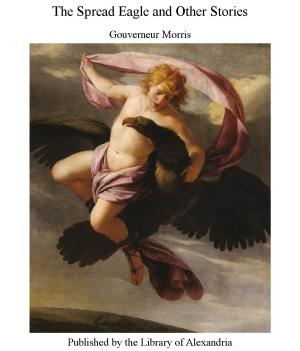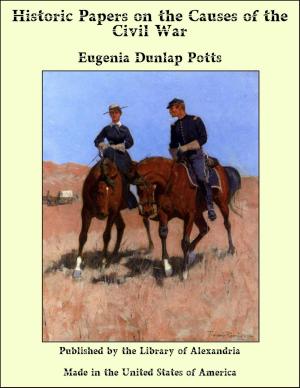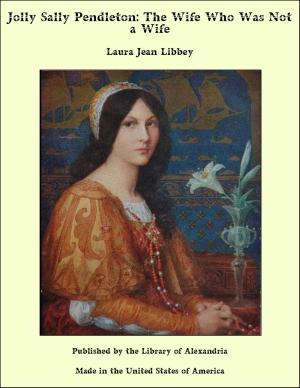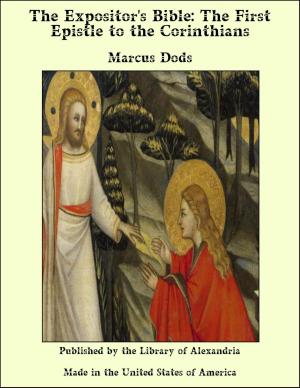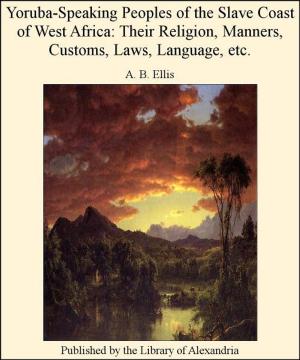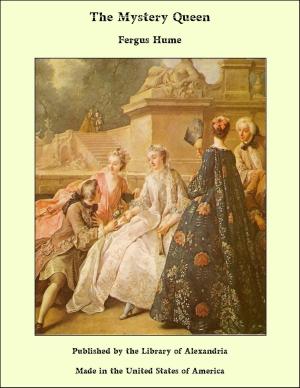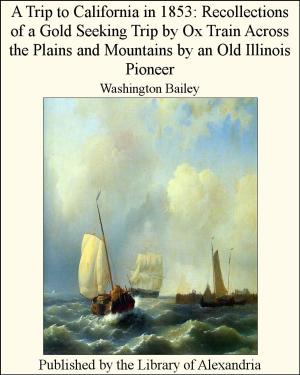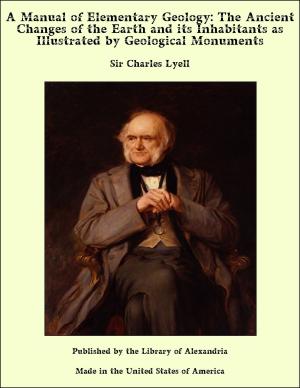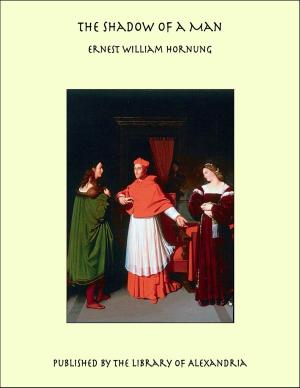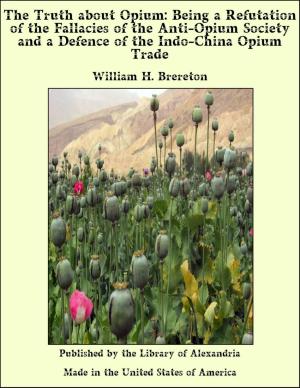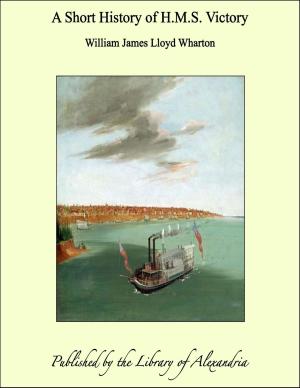How That Greatest and Truest Medicine of the Philosopher's Stone May Be Found and Held. Volume I
Nonfiction, Religion & Spirituality, New Age, History, Fiction & Literature| Author: | Various Authors | ISBN: | 9781465518699 |
| Publisher: | Library of Alexandria | Publication: | March 8, 2015 |
| Imprint: | Language: | English |
| Author: | Various Authors |
| ISBN: | 9781465518699 |
| Publisher: | Library of Alexandria |
| Publication: | March 8, 2015 |
| Imprint: | |
| Language: | English |
THE HERMETIC MUSEUM RESTORED AND ENLARGED was published in Latin at Frankfort, in the year 1678, and, as its title implies, it was an enlarged form of an anterior work which, appearing in 1625, is more scarce, but, intrinsically, of less value. Its design was apparently to supply in a compact form a representative collection of the more brief and less ancient alchemical writers; in this respect, it may be regarded as a supplement to those large storehouses of Hermetic learning such as the Theatrum Chemicum, and that scarcely less colossal of Mangetus, the Bibliotheca Chemica Curiosa, which are largely concerned with the cream of the archaic literature, with the works of Geber and the adepts of the school of Arabia, with the writings attributed to Hermes, with those of Raymond Lully, Arnold de Villa Nova, Bernard Trevisan, and Others. THE HERMETIC MUSEUM would also seem to represent a distinctive school in Alchemy, not altogether committed to certain modes and terminology which derived most of their prestige from the past, and sufficiently enigmatical as it was, still inclined to be less obscure and misleading than was the habit of the older masters. For it belonged to a period which had inherited a bitter experience of the failures, impostures, and misery surrounding the Magnum Opus and its mystical quest, which was weary of unequipped experiment, weary of wandering "multipliers," and pretentious "bellows-blowers," while it was just being awakened to the conviction that if Alchemy were true at all, it was not to be learned from books, or, at least, from any books which had hitherto been written on the subject. Running through all the tracts which are comprised in the following volumes, the reader will recognize traces of a central claim in alchemical initiation—that the secrets, whatever they were, must be understood as the property of a college of adepts, pretending to have subsisted from time almost immemorial, and revealing themselves to the select and the few, while the literature, large as it is, appears chiefly as an instrument of intercommunication between those who knew. At the same time, it may also be regarded as a sign and omen to the likely seeker, an advertisement that there was a mystery, and that he must go Further who would unravel it. While the treatises now translated are for the most part anonymous, as befits veiled masters, the literary reader will remember that the name of John de Meung connects the allegorical "Romance of the Rose" with the parables of Alchemy; Flamel will be familiar to all Hermetic students as the most celebrated of the French adepts; the saintly name of Basil Valentine, investigator of the properties of antimony, will not even now be unhonoured by the chemist; Eirenaeus Philalethes, equally revered and unknown by all devout Spagyrites, is supposed to have been the most lucid of hierophants, and the "Open Entrance" to be the clearest of all his works. Helvetius was an illustrious chemist, and Michael Maier is a person of some repute in the Rosicrucian controversy. Michael Sendivogius was an uninstructed disciple of Alexander Seton, and the "New Chemical Light," which he published and claimed as his own, was really the work of his master, who has been called the chief martyr of Alchemy. It may be added in this connection that some critics have cast doubt upon the genuine nature of the "Testament of John Cremer," and it is true that the annals of Westminster do not include an abbot of that name. It should be understood that the writer of this brief note must not be accredited with the translation which it seeks to introduce. That is the work of a gentleman who is said to have had a life-long acquaintance with alchemical literature; it has been subjected to a searching revision at the hands of the present editor, who may himself be permitted to claim some experience in Hermetic antiquities; the version as it stands does not uncreditably represent both the spirit and the sense of the original without the original's prolixity. While affording to the modern student of secret doctrines an unique opportunity for acquiring in English a collection of alchemical writers, this edition of THE HERMETIC MUSEUM also claims consideration at the hands of the historian as a contribution of real value to the early history of chemistry
THE HERMETIC MUSEUM RESTORED AND ENLARGED was published in Latin at Frankfort, in the year 1678, and, as its title implies, it was an enlarged form of an anterior work which, appearing in 1625, is more scarce, but, intrinsically, of less value. Its design was apparently to supply in a compact form a representative collection of the more brief and less ancient alchemical writers; in this respect, it may be regarded as a supplement to those large storehouses of Hermetic learning such as the Theatrum Chemicum, and that scarcely less colossal of Mangetus, the Bibliotheca Chemica Curiosa, which are largely concerned with the cream of the archaic literature, with the works of Geber and the adepts of the school of Arabia, with the writings attributed to Hermes, with those of Raymond Lully, Arnold de Villa Nova, Bernard Trevisan, and Others. THE HERMETIC MUSEUM would also seem to represent a distinctive school in Alchemy, not altogether committed to certain modes and terminology which derived most of their prestige from the past, and sufficiently enigmatical as it was, still inclined to be less obscure and misleading than was the habit of the older masters. For it belonged to a period which had inherited a bitter experience of the failures, impostures, and misery surrounding the Magnum Opus and its mystical quest, which was weary of unequipped experiment, weary of wandering "multipliers," and pretentious "bellows-blowers," while it was just being awakened to the conviction that if Alchemy were true at all, it was not to be learned from books, or, at least, from any books which had hitherto been written on the subject. Running through all the tracts which are comprised in the following volumes, the reader will recognize traces of a central claim in alchemical initiation—that the secrets, whatever they were, must be understood as the property of a college of adepts, pretending to have subsisted from time almost immemorial, and revealing themselves to the select and the few, while the literature, large as it is, appears chiefly as an instrument of intercommunication between those who knew. At the same time, it may also be regarded as a sign and omen to the likely seeker, an advertisement that there was a mystery, and that he must go Further who would unravel it. While the treatises now translated are for the most part anonymous, as befits veiled masters, the literary reader will remember that the name of John de Meung connects the allegorical "Romance of the Rose" with the parables of Alchemy; Flamel will be familiar to all Hermetic students as the most celebrated of the French adepts; the saintly name of Basil Valentine, investigator of the properties of antimony, will not even now be unhonoured by the chemist; Eirenaeus Philalethes, equally revered and unknown by all devout Spagyrites, is supposed to have been the most lucid of hierophants, and the "Open Entrance" to be the clearest of all his works. Helvetius was an illustrious chemist, and Michael Maier is a person of some repute in the Rosicrucian controversy. Michael Sendivogius was an uninstructed disciple of Alexander Seton, and the "New Chemical Light," which he published and claimed as his own, was really the work of his master, who has been called the chief martyr of Alchemy. It may be added in this connection that some critics have cast doubt upon the genuine nature of the "Testament of John Cremer," and it is true that the annals of Westminster do not include an abbot of that name. It should be understood that the writer of this brief note must not be accredited with the translation which it seeks to introduce. That is the work of a gentleman who is said to have had a life-long acquaintance with alchemical literature; it has been subjected to a searching revision at the hands of the present editor, who may himself be permitted to claim some experience in Hermetic antiquities; the version as it stands does not uncreditably represent both the spirit and the sense of the original without the original's prolixity. While affording to the modern student of secret doctrines an unique opportunity for acquiring in English a collection of alchemical writers, this edition of THE HERMETIC MUSEUM also claims consideration at the hands of the historian as a contribution of real value to the early history of chemistry

